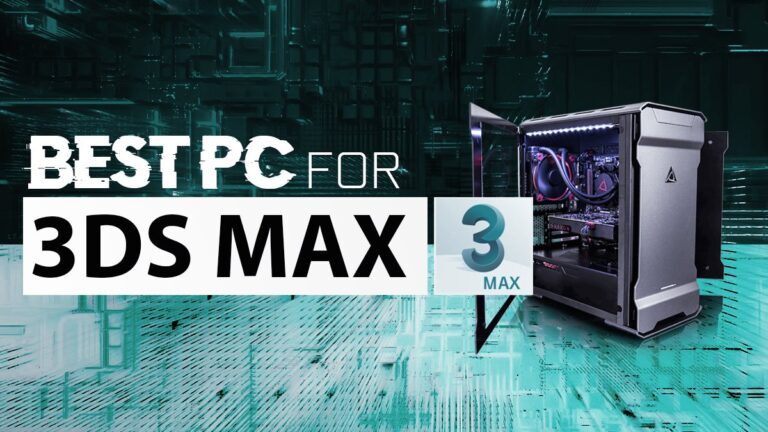What is BIM?

- What is BIM?
- BIM: A digital revolution in the building industry
- What is BIM in construction?
- The value of BIM content
- How BIMobject powers digital building design
Building Information Modelling
What is BIM?
Building Information Modeling (BIM) is revolutionizing how buildings are designed, constructed, and maintained. This quick guide explores what BIM is, how it works, and why it matters for manufacturers and designers alike.
BIM: A digital revolution in the building industry
The transition to Building Information Modeling (BIM) began to spread via “early adopters” more than ten years ago. Fast-forward to today, and there are millions of active BIM users across the globe. But what drove us to discard our beloved drawings and embrace BIM technology?
In the 1980s, construction design gradually began to evolve from hand-drawn plans to computer-aided design (CAD). Using the computer became standard practice, which streamlined drawing management and improved the visualization process.
However, these drawings were still primarily visual representations, which made it difficult to collaborate and share construction project information. The inception and invention of BIM filled this void and propelled the construction industry into the Information Age.
What is BIM in construction?
Architects and construction engineers use BIM to create 3D models of a complete and furnished building – using software such as Revit (Autodesk), MicroStation (Bentley) as well as Graphisoft Archicad, Allplan, and Vectorworks (Nemetschek Group).
But BIM isn’t a design or visualization tool. It’s a process that enables the creation of a shared data model. This model is available for all concerned, from the designers of the building to the construction company, and finally to the property owners and managers.
These models can also contain information related to the building’s life cycle and its expected maintenance requirements. Information such as time planning (4D), cost estimates (5D), and sustainability (6D) bring additional dimensions to BIM models.
The value of BIM content
Working with BIM requires that all building elements are available in a digital format (so-called BIM content), which can easily be downloaded and used in software to generate the BIM model. Most BIM content currently consists of generic models of doors, windows, toilets, lamps, et cetera. However, these merely replace older two-dimensional drawings without generating any added value for the construction process.
There is a growing need for what is referred to as manufacturer-specific BIM content, which not only represents the physical properties of the products but also includes other essential data such as product information, installation instructions, energy consumption, eco-labels, operating costs, and product lifetime. It is this type of content that we offer our users on bimobject.com.
How BIMobject powers digital building design
We bring creators together. Architects and engineers need inspiration and information. Manufacturers need a way to reach, understand, and influence them.
BIMobject is the glue that binds the two. We provide a global marketplace where thousands of manufacturers and millions of users can connect to power smarter and greener digital building design.

